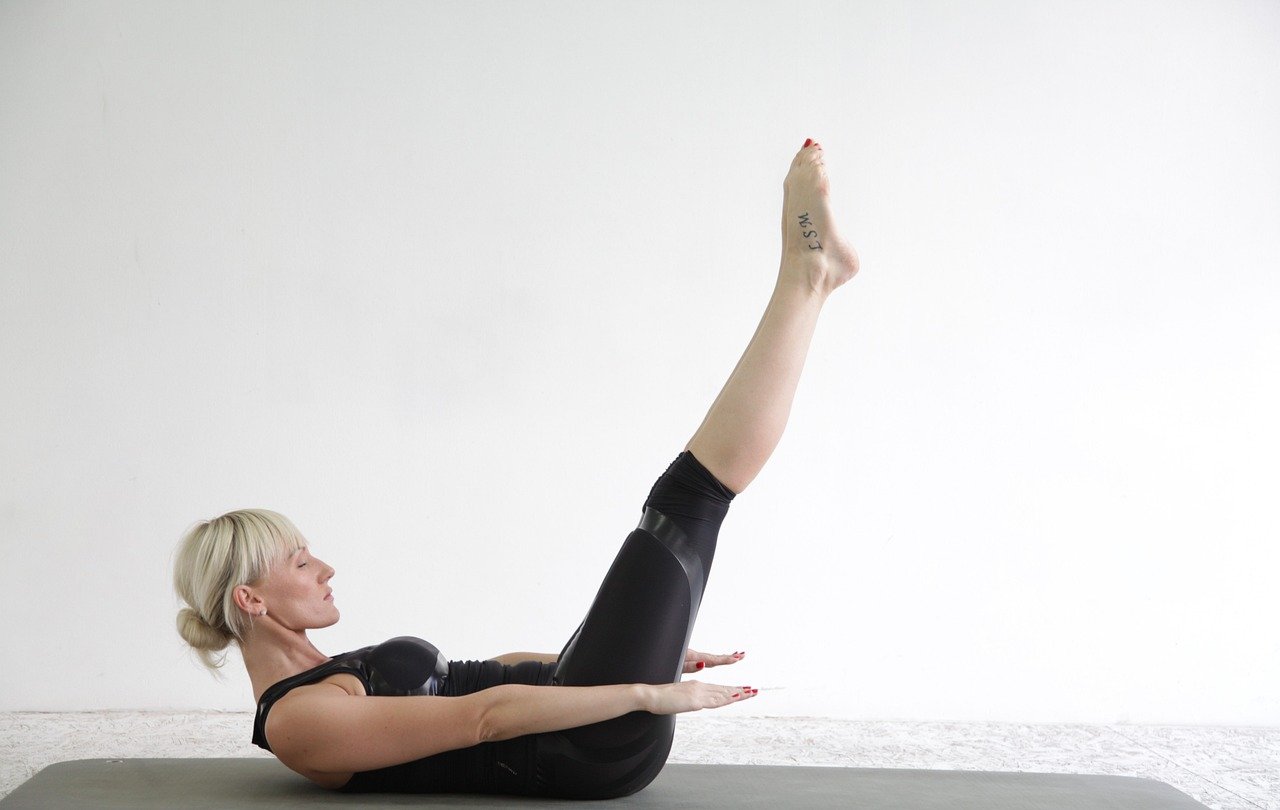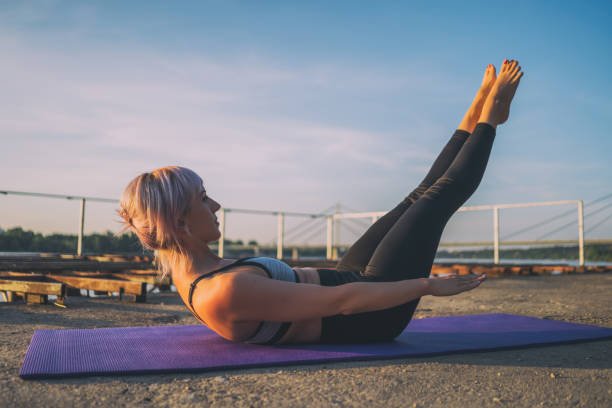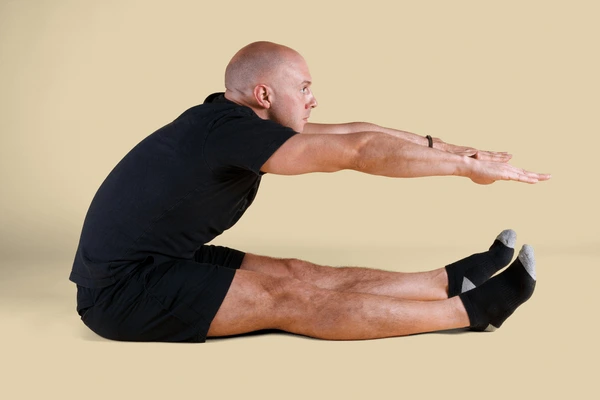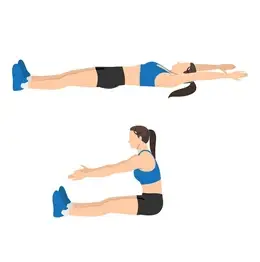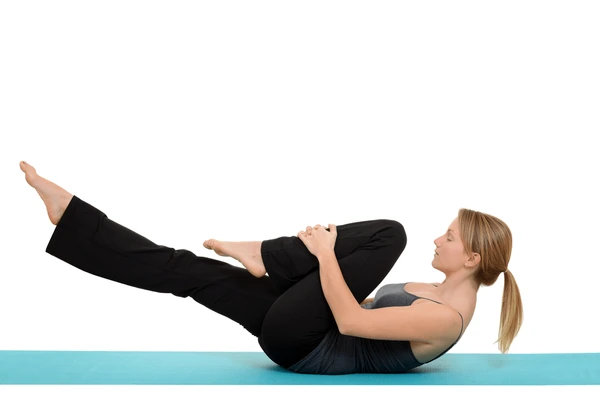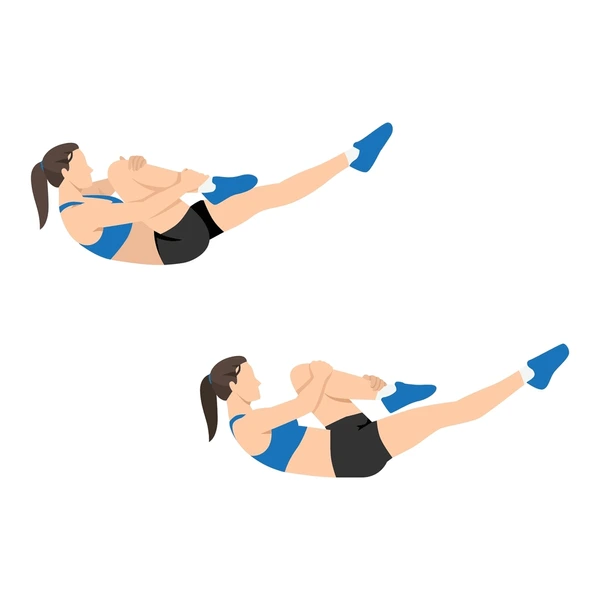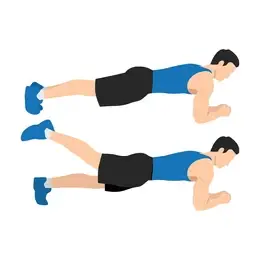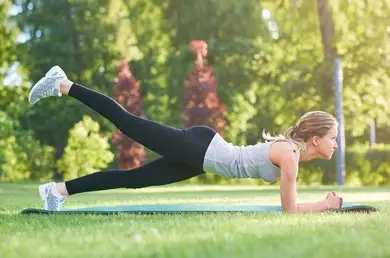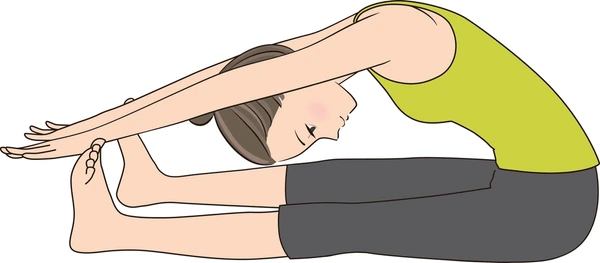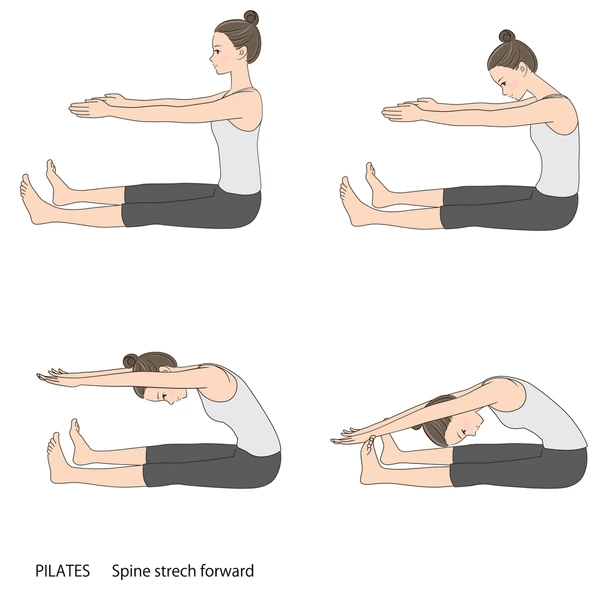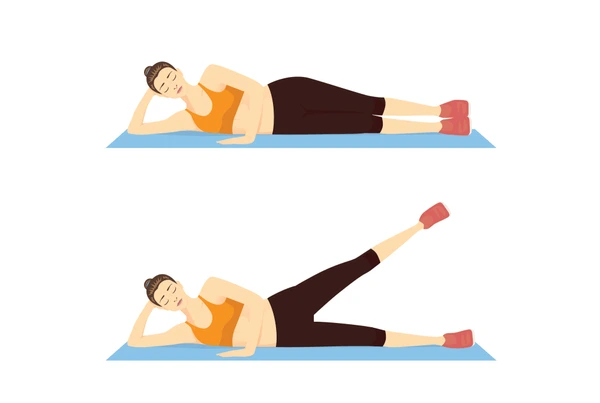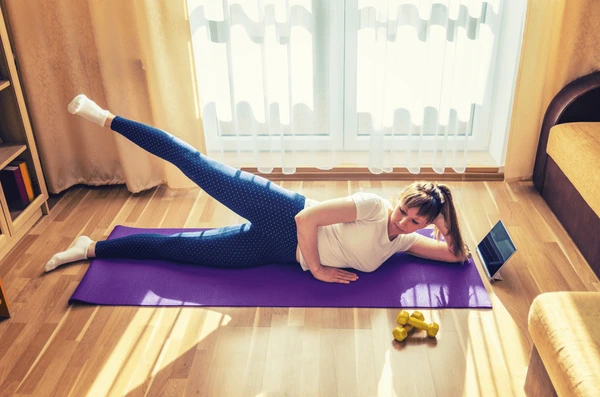Pilates: Equipment-Free Exercises To Strengthen Your Core
Published On : 3rd Jan 2025
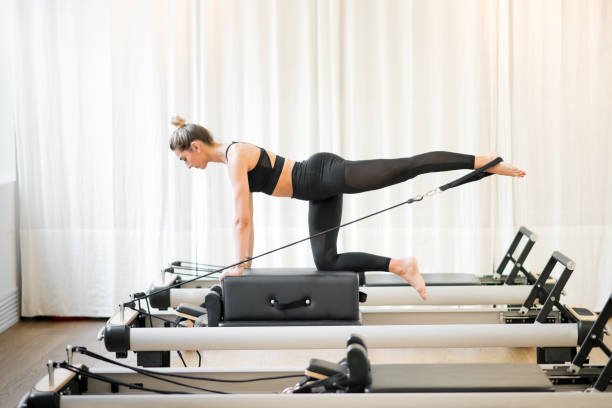
Pilates is a low-impact exercise method that focuses on strengthening the core, improving flexibility, and enhancing overall body awareness. Created by Joseph Pilates in the early 20th century, this practice emphasizes precise movements, controlled breathing, and alignment to build strength and stability. Whether you’re a beginner or a fitness enthusiast, Pilates offers a range of benefits, including better posture, reduced stress, and increased muscle tone. It’s also versatile, making it accessible to people of all fitness levels.
One of the greatest advantages of Pilates is that you can do it anywhere, without the need for expensive equipment. It’s an excellent way to complement other forms of exercise or serve as a standalone workout routine.
Why Should You Do Pilates?
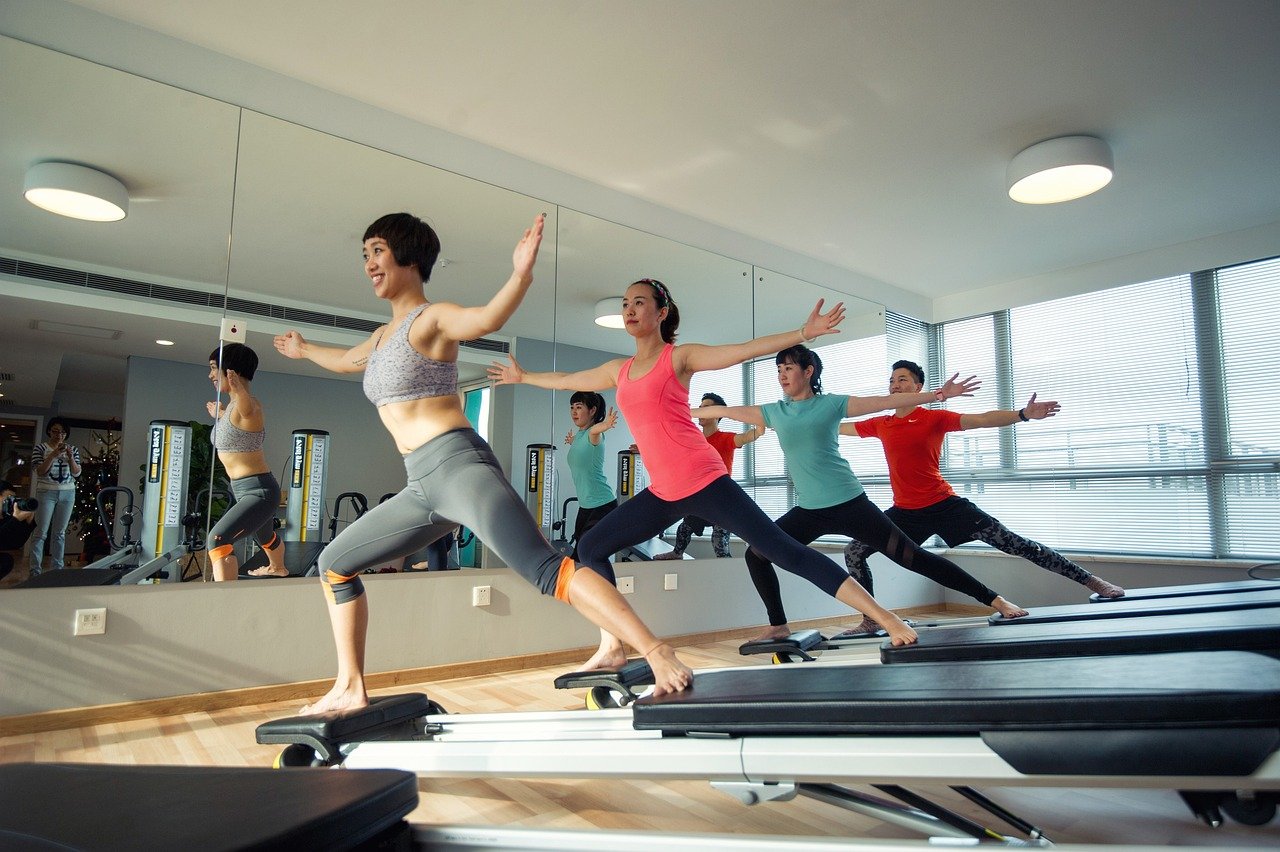
- Core Strength: Pilates targets deep core muscles, which are essential for stability, balance, and overall strength.
- Improved Flexibility: The controlled stretches in Pilates enhance your range of motion and reduce muscle stiffness.
- Better Posture: By focusing on alignment and core engagement, Pilates helps correct poor posture habits.
- Stress Relief: The mindful movements and focus on breathing promote relaxation and reduce stress.
- Injury Prevention: Strengthening stabilizing muscles can help prevent injuries and support rehabilitation.
Types of Pilates
Pilates has evolved over the years, and today it can be categorized into two main types:
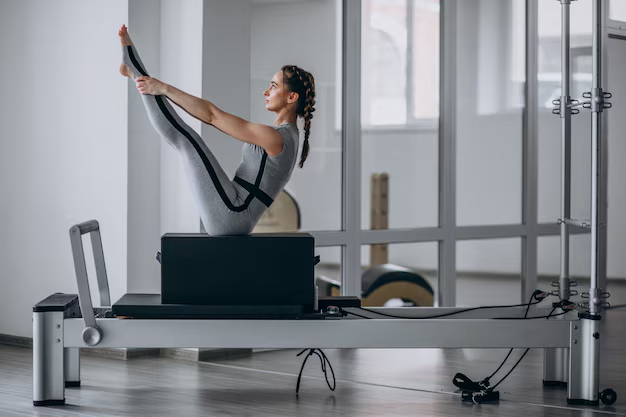
- Classical Pilates:
- This follows the original teachings and exercises developed by Joseph Pilates. Classic Pilates emphasizes precision, flow, and a structured sequence of movements.
- The exercises are consistent, often performed on a mat or using specialized equipment like the Reformer.
- It is ideal for those who want a traditional approach to Pilates and enjoy disciplined, methodical workouts.
- Contemporary Pilates:
- Contemporary Pilates incorporates modern knowledge of biomechanics and rehabilitation techniques.
- It often adapts or modifies traditional exercises to suit different fitness levels, goals, and physical needs.
- This style may include creative variations and integrate props such as resistance bands, stability balls, or foam rollers.
- It’s a great choice for individuals seeking a more flexible and personalized Pilates experience.
Explore Pilates Exercises
Let’s explore a series of Pilates exercises that require no equipment and can be done from the comfort of your home.
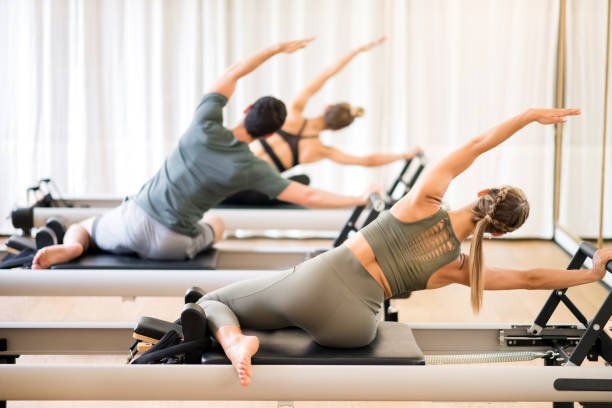
- The Hundred: This classic Pilates exercise is perfect for warming up and activating your core muscles.
- Lie on your back with your legs raised to a tabletop position (knees bent at 90 degrees).
- Lift your head, neck, and shoulders off the mat, and extend your arms alongside your body.
- Pump your arms up and down while inhaling for five counts and exhaling for five counts.
- Continue for 10 sets (100 pumps in total).
Keep your lower back pressed into the mat and engage your abdominal muscles throughout.
You can also refer to the help video link of "The Hundred" Here.
- Roll-Up: The roll-up is excellent for increasing flexibility and building core strength.
- Lie flat on your back with your legs extended and arms reaching overhead.
- Inhale as you begin to roll up, lifting your arms, head, and torso off the mat.
- Exhale as you reach forward toward your toes.
- Slowly roll back down one vertebra at a time, keeping control.
Avoid using momentum; let your abs do the work.
You can also refer to the help video link of "Roll-Up" Here.
- Single-Leg Stretch: This exercise targets the lower abs and improves coordination.
- Lie on your back and lift your head, neck, and shoulders off the mat.
- Bring your right knee toward your chest, holding your shin with both hands, while extending your left leg at a 45-degree angle.
- Switch legs, pulling the left knee in and extending the right leg.
- Continue alternating for 10-12 repetitions per leg.
Keep your movements fluid and controlled, and maintain core engagement.
You can also refer to the help video link of "Single-Leg Stretch" Here.
- Plank with Leg Lift: This variation on the standard plank challenges your core stability and balance.
- Start in a forearm plank position with your body in a straight line from head to heels.
- Lift one leg a few inches off the ground, hold for a few seconds, and lower it back down.
- Alternate legs for 8-10 repetitions per side.
Keep your hips level and avoid letting your back sag.
You can also refer to the help video link of "Plank with Leg Lift" Here.
- Spine Stretch Forward: This move is great for stretching the spine and strengthening the core.
- Sit tall with your legs extended straight in front of you and slightly wider than hip-width apart.
- Extend your arms forward at shoulder height.
- Inhale to prepare, and exhale as you reach forward, rounding your spine.
- Inhale to return to the starting position.
Imagine articulating your spine like a string of pearls as you roll forward.
You can also refer to the help video link of "Spine Stretch Forward" Here.
- Side-Lying Leg Circles: This exercise targets the obliques and improves hip mobility.
- Lie on your side with your bottom arm extended under your head and top hand resting in front of your torso for balance.
- Extend your top leg and draw small circles in the air.
- Reverse the direction after 8-10 circles, then switch sides.
Keep your core engaged and avoid rocking your hips.
You can also refer to the help video link of "Side-Lying Leg Circles" Here.
Pilates is a fantastic way to strengthen your core, improve posture, and enhance overall well-being. With these simple exercises, you can create a solid foundation for your fitness journey, all from the comfort of your home. Set aside 15-20 minutes a few times a week, and you’ll start noticing the benefits in no time.
Remember to move mindfully, breathe deeply, and enjoy the process. Your core will thank you!




